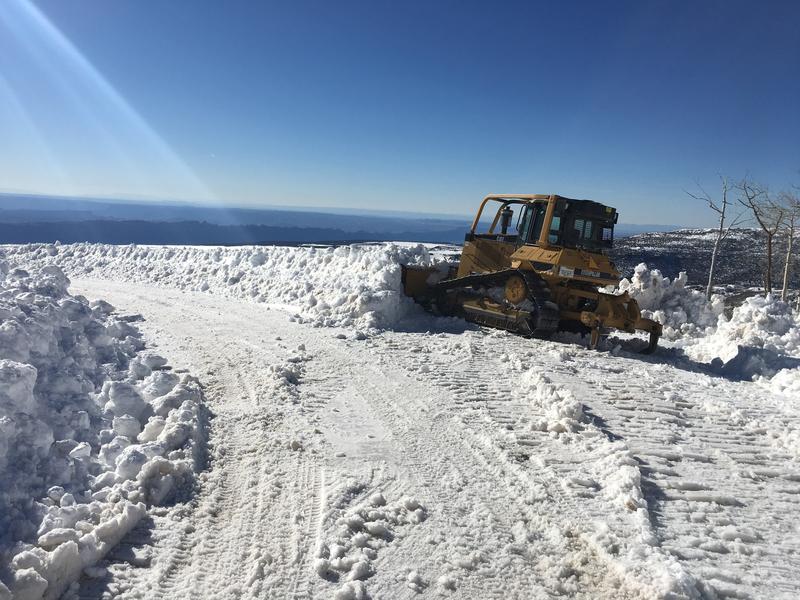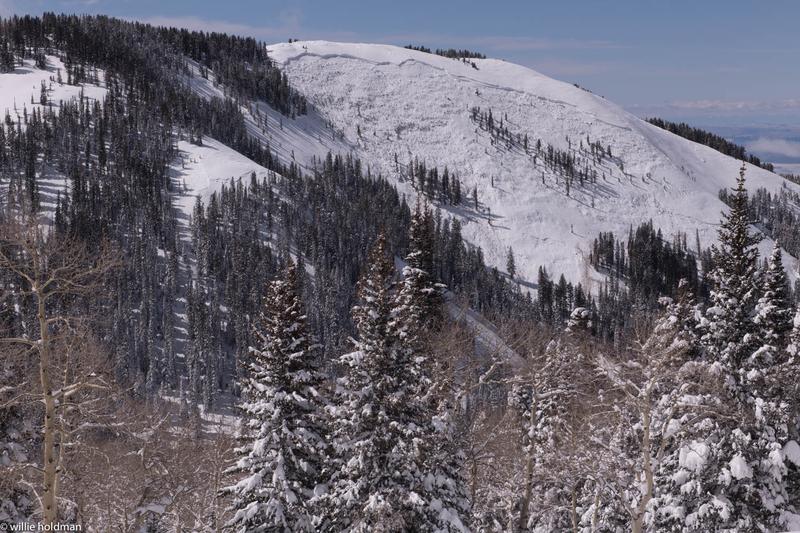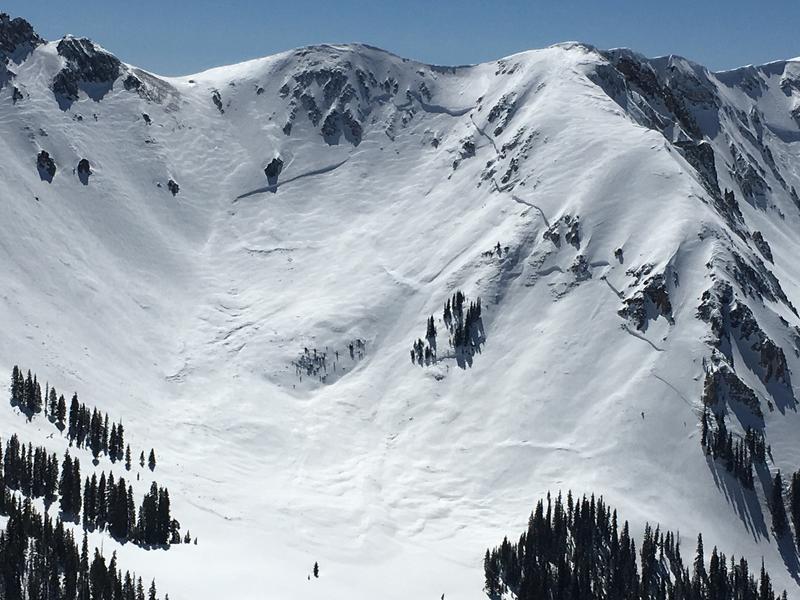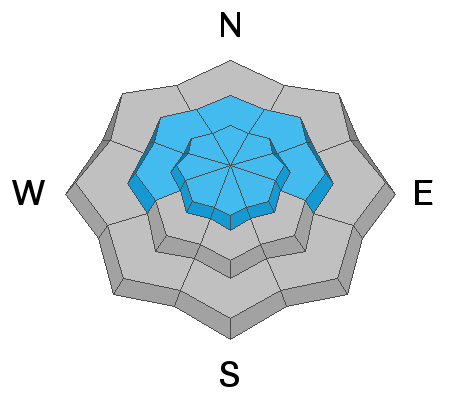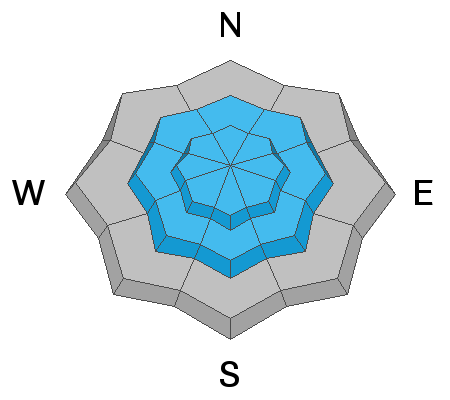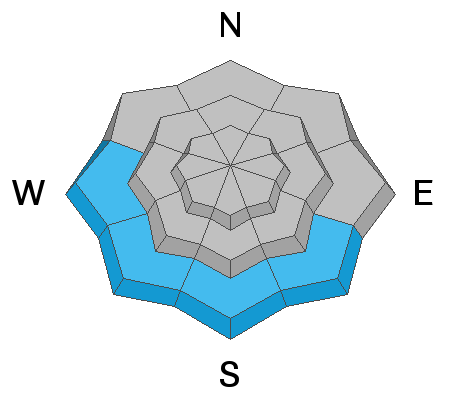Forecast for the Moab Area Mountains

Issued by Mark Staples on
Sunday morning, March 17, 2019
Sunday morning, March 17, 2019
Today the avalanche danger is CONSIDERABLE at mid and upper elevations. Avalanches can break near the ground 6-12 feet deep or in slabs of wind drifted snow 3-4 feet deep. The danger is MODERATE at low elevations where wet avalanches are possible.
Triggering an avalanche is getting a little harder to do with each day after the Tuesday/Wednesday storm. These are still dangerous avalanche conditions that require cautious routefinding and conservative decision-making.
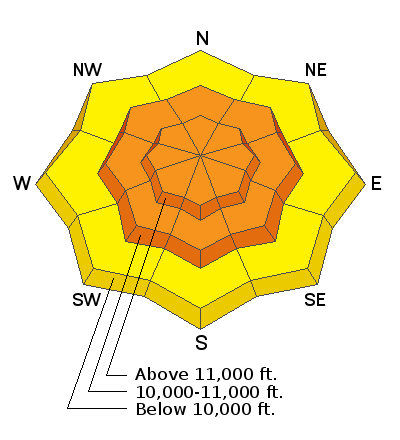
Low
Moderate
Considerable
High
Extreme
Learn how to read the forecast here


